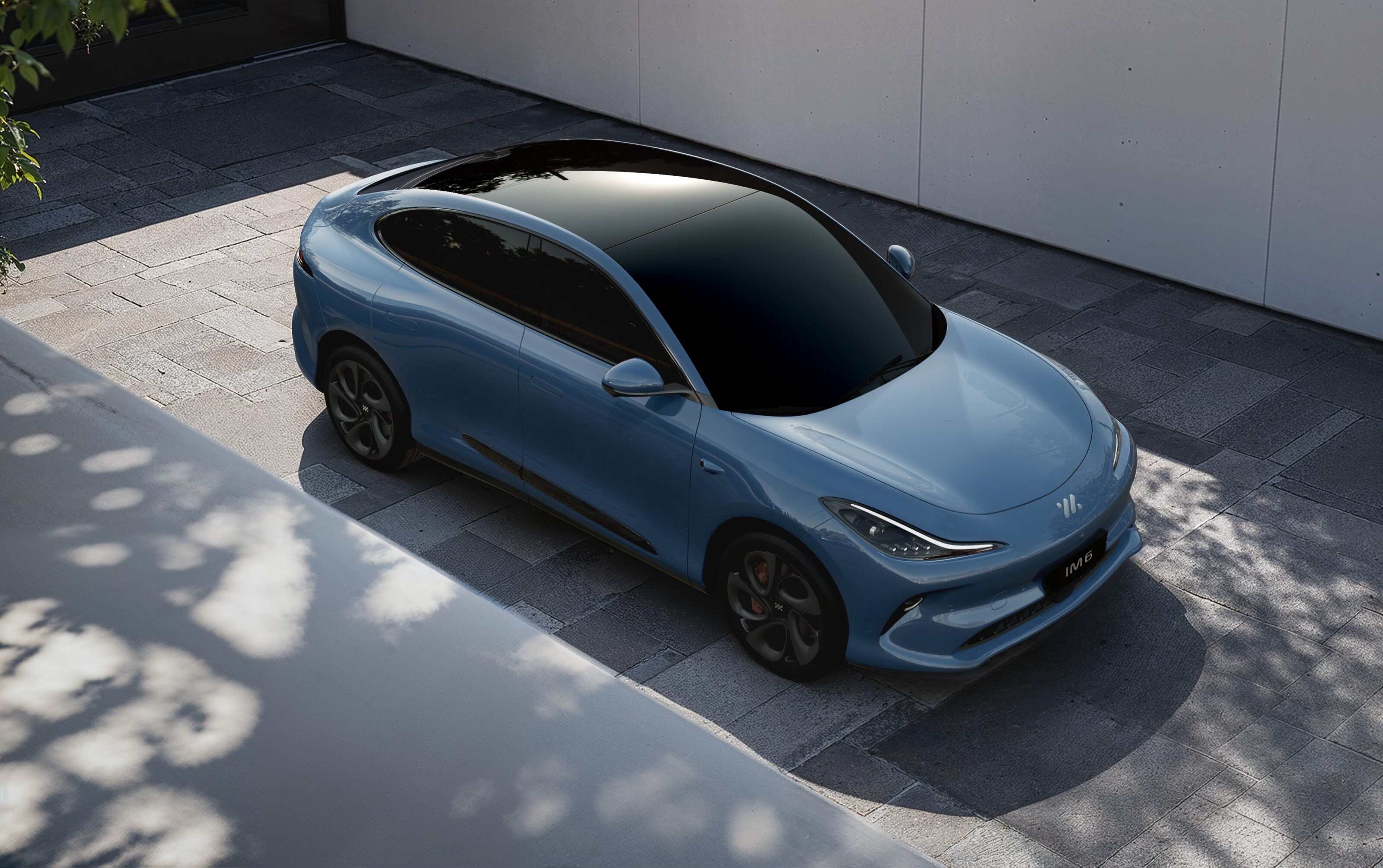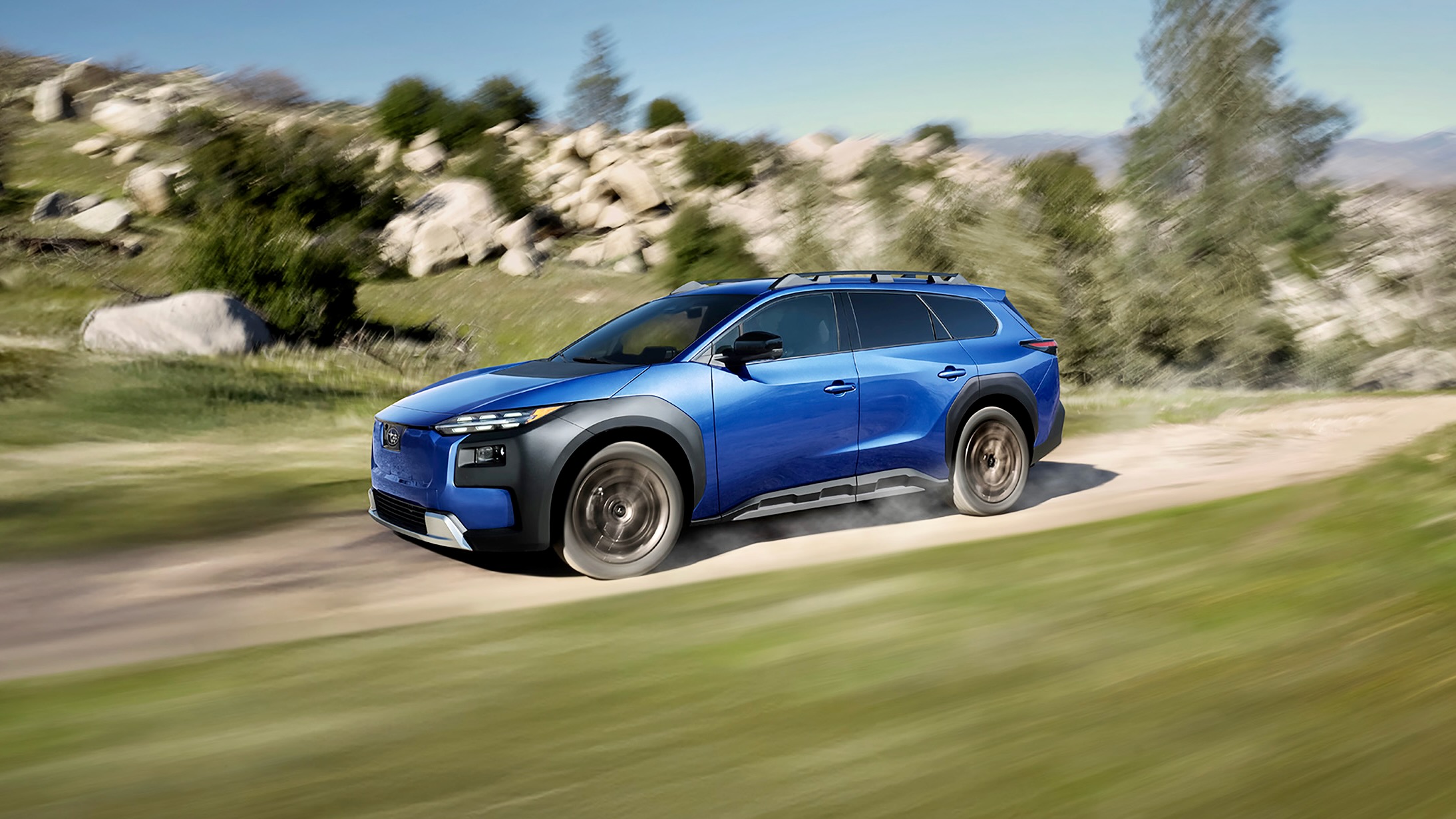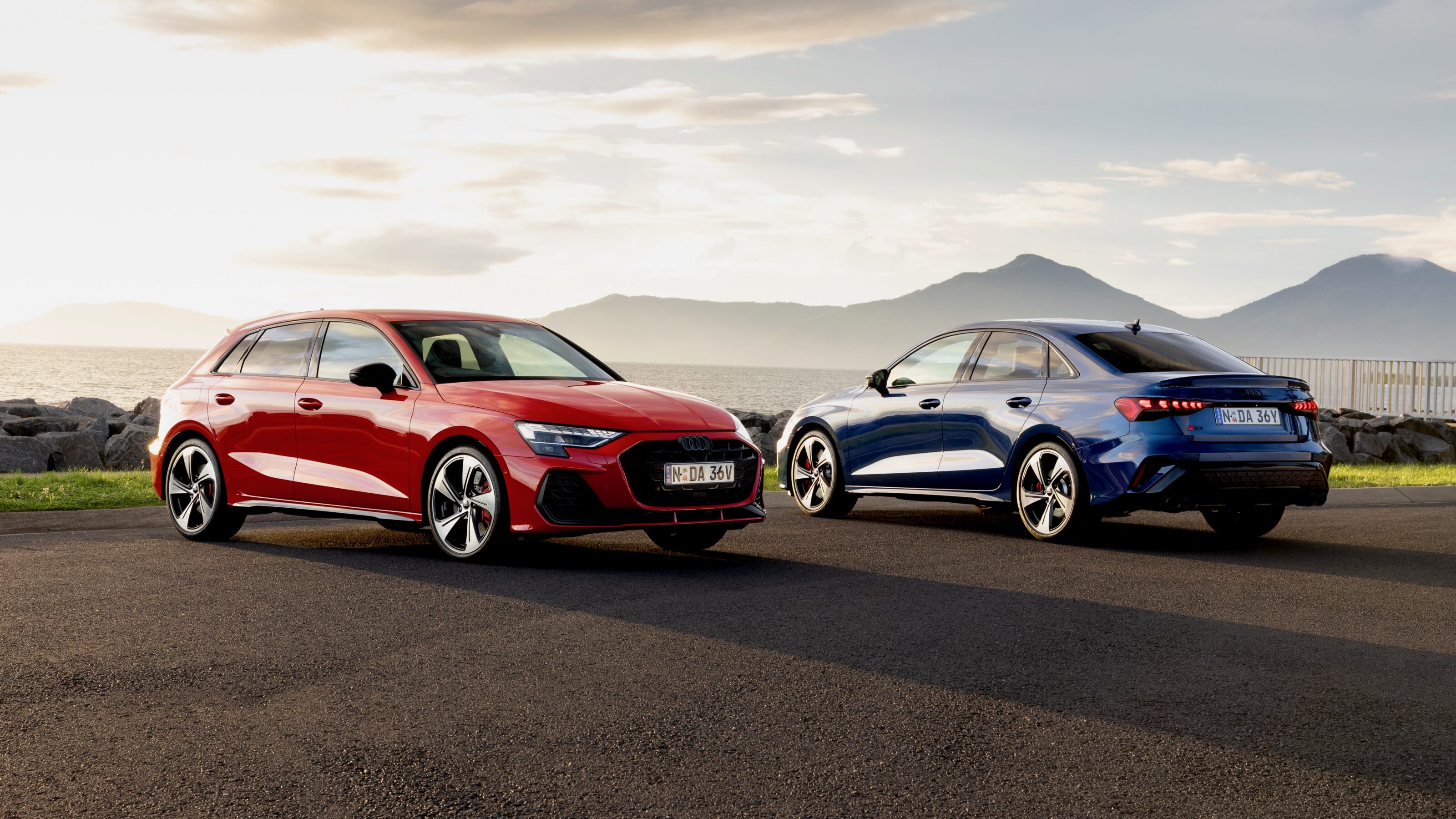
February 2024: Consumers don’t want all the in-cabin tech, either
Study aims to identify the automotive technology and features that buyers want.
Automotive manufacturers are increasingly represented at the annual Consumer Electronics Show (CES), reflecting the perceived rising importance to customers of in-vehicle technologies.
AutoPacific, a “future-oriented automotive marketing research and product-consulting firm”, annually undertakes the Future Attribute Demand Study (FADS), a survey of over 10,000 new vehicle “intenders” to measure demand for new vehicle technologies.
AutoPacific attended CES this year, partly “to see if consumer demand matches automakers’ and suppliers’ feature and technology rollout plans”, said AutoPacific Director of Marketing and Consumer Insights Deborah Grieb. They surveyed potential consumers about their interest for three new technologies featured at CES 2024.
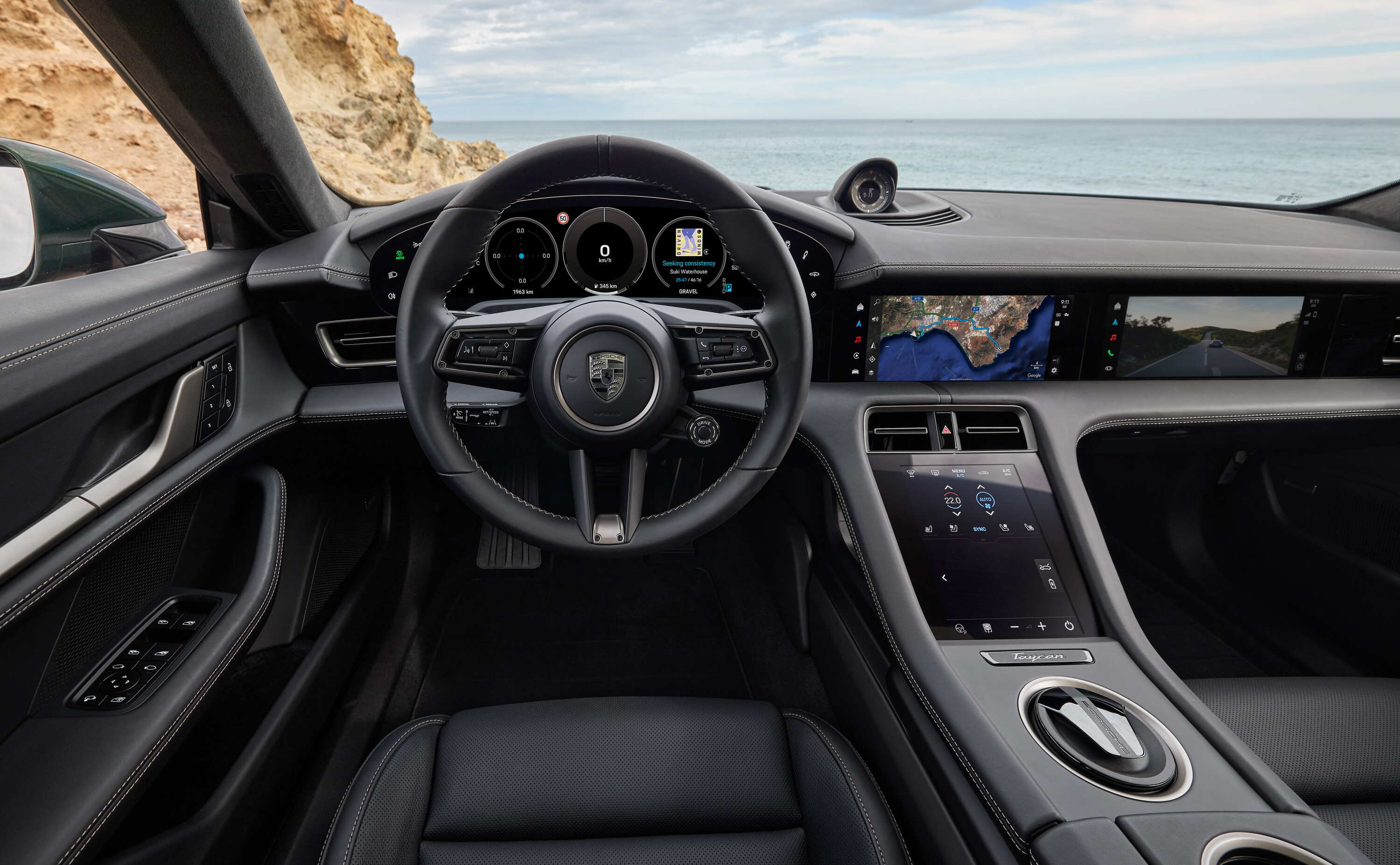
Most consumers aren’t willing to pay for the hi-tech features manufacturers want to sell.
The latest FADS found that, of 11,700 people surveyed, most “new vehicle intenders” aren’t prepared to pay for:
- pedestrian messaging
- in-vehicle purchasing (of products, services and upgrades)
- passenger-side infotainment screens.

What are these things and why are they in cars?
The most popular of those features was the passenger-side infotainment screen, which 21 per cent of respondents considered worth buying.
It is already featuring on luxury cars, allowing a passenger to watch media, look for destinations, or keep tabs on the vehicle functions.
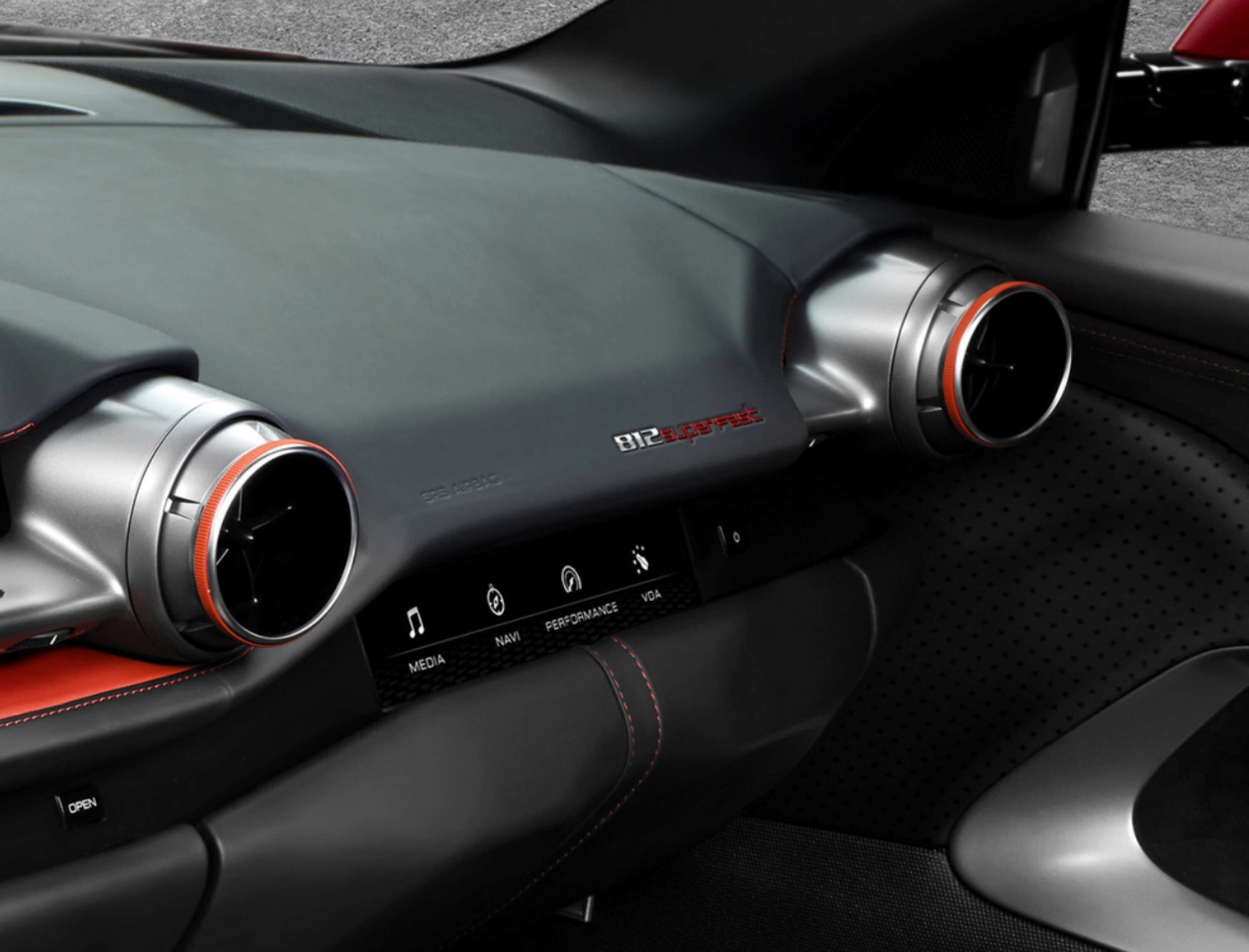
Just 18% of buyers would pay $15/month for the ability to purchase products, technologies and vehicle upgrades from the infotainment screen.
Demand was highest among EV intenders (29%) and those with children at home (28%). Those interested in this feature want to purchase features for their vehicle, stream video content and order food.
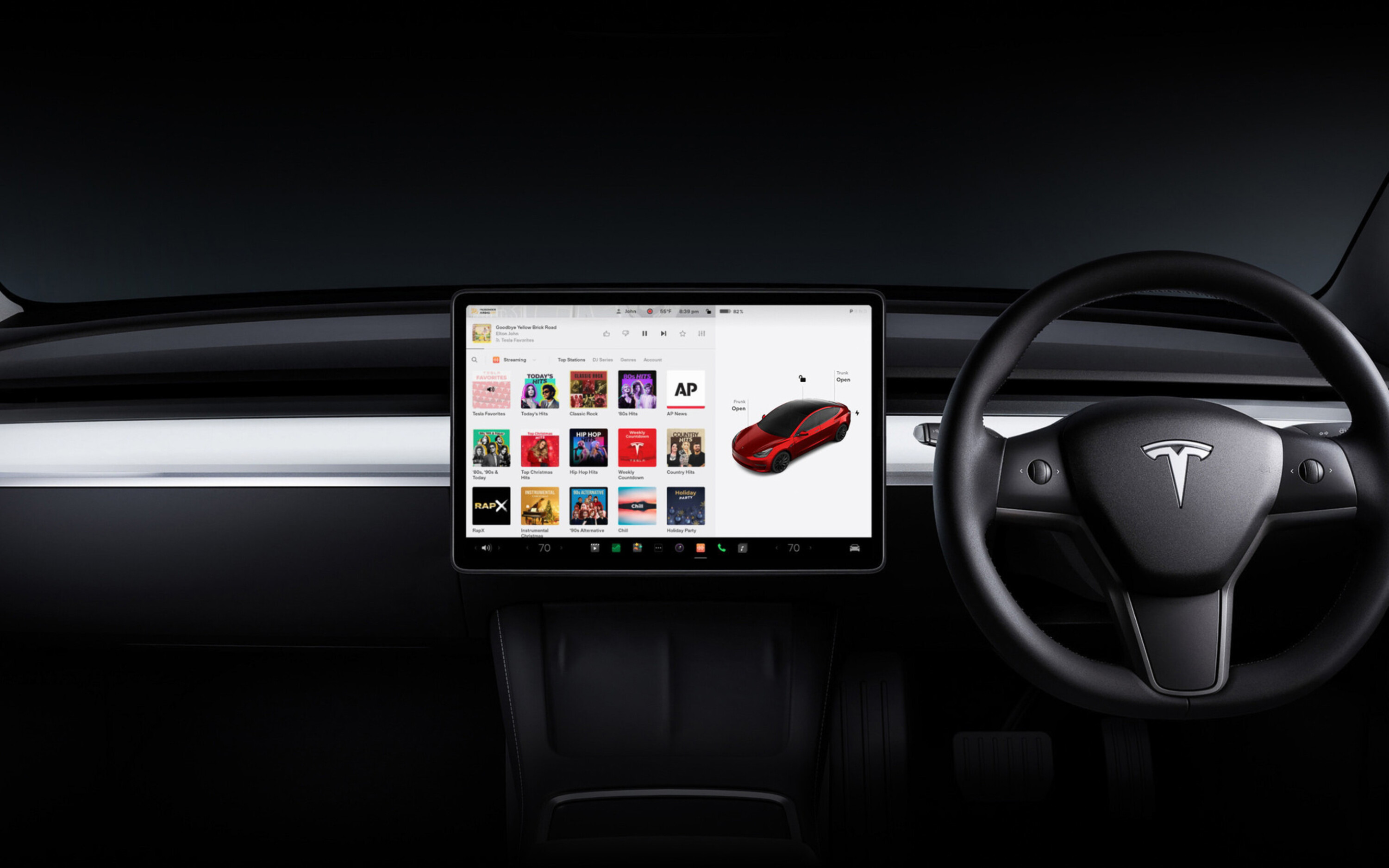
Only 17% of car buyers want to message pedestrians.
Interest in pedestrian messaging was, again, highest amongst EV intenders (25%). “EVs are a logical home for pedestrian messaging due to… EV intender interest in outward appearance,” says Grieb.
AutoPacific’s feature definition focused on displays used for safety messages to pedestrians, such as telling them you are approaching or that they have the right of way, but there are probably plenty of other uses for this emerging technology.

August 2022: Swedish study finds buttons safer than screens
A Swedish study has confirmed what we’ve all been thinking – deleting all buttons and switchgear in favour of large haptic touchscreens is an empirically bad move, as confirmed now by a Swedish study conducted by local auto publication, Vi Bilägare.
So how exactly are screens worse? Vi Bilägare gathered eleven modern vehicles at an airfield and measured the time it took for a driver to perform four different tasks, such as changing the radio station and setting the climate control. Each test was performed while driving at 110km/h.

For an ‘old-school’ benchmark, they also included an early second-generation 2005 Volvo V70 for comparison.
For each of the 12 cars, the driver had time to familiarise themselves with each car’s systems.
Tesla gets a special mention for the egregious migration of even the windshield wipers to the central touchscreen.
BMW is credited for its blend of buttons, but is criticised for a complex user interface.
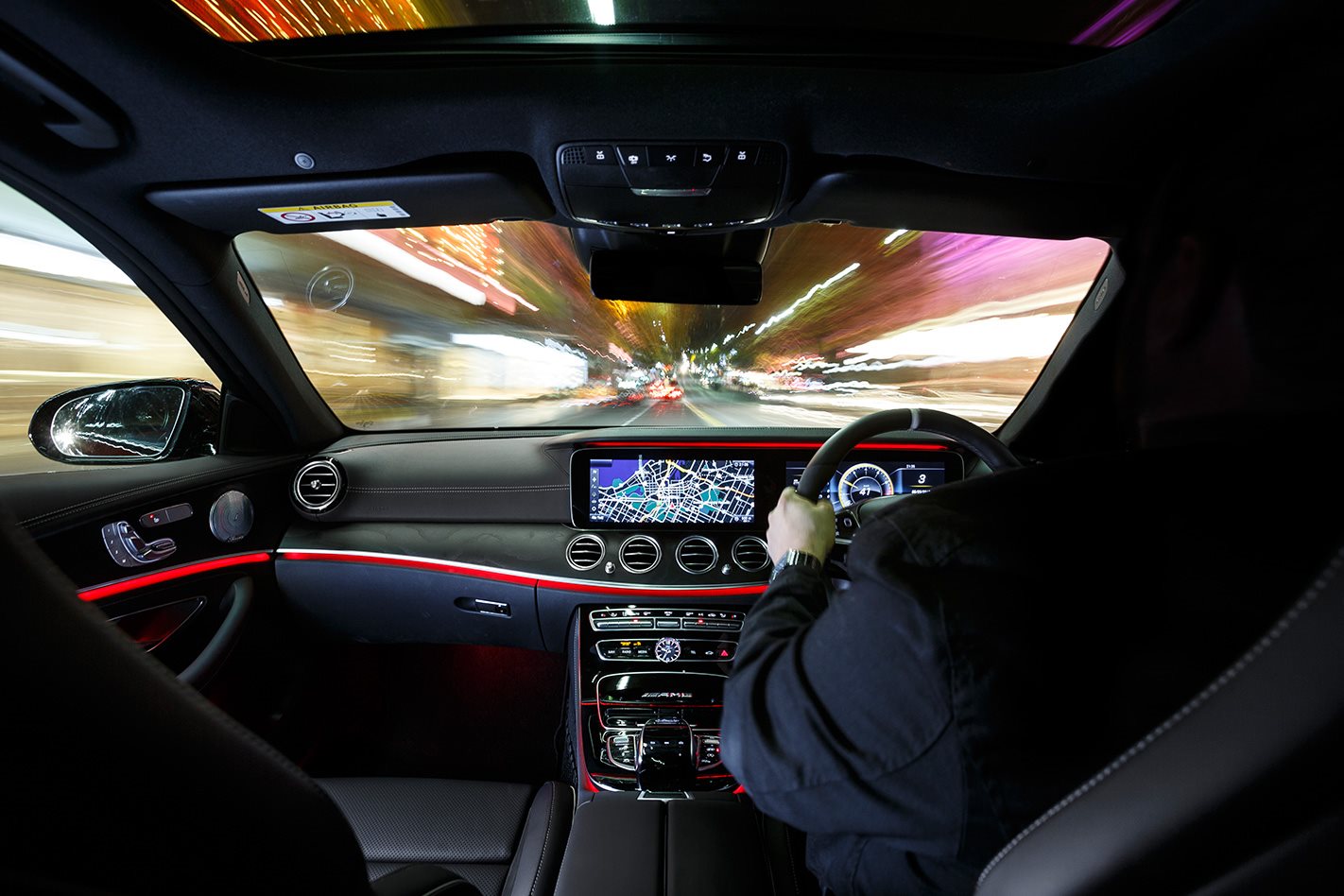
Voice control functionality was also tested, with the worst performing vehicle taking 1400 metres to perform a task that the best-performing vehicle only needs 300 metres to execute.
During the vintage 2005 Volvo V70 drive, all four tasks were completed within ten seconds flat, while covering 306 metres at 110km/h.
The MG Marvel R, an EV SUV we believe not to be coming to Australia but based on the MG5 sedan, required 44.6 seconds to perform all four tasks, and covered 1372 metres – more than four times the Volvo V70.
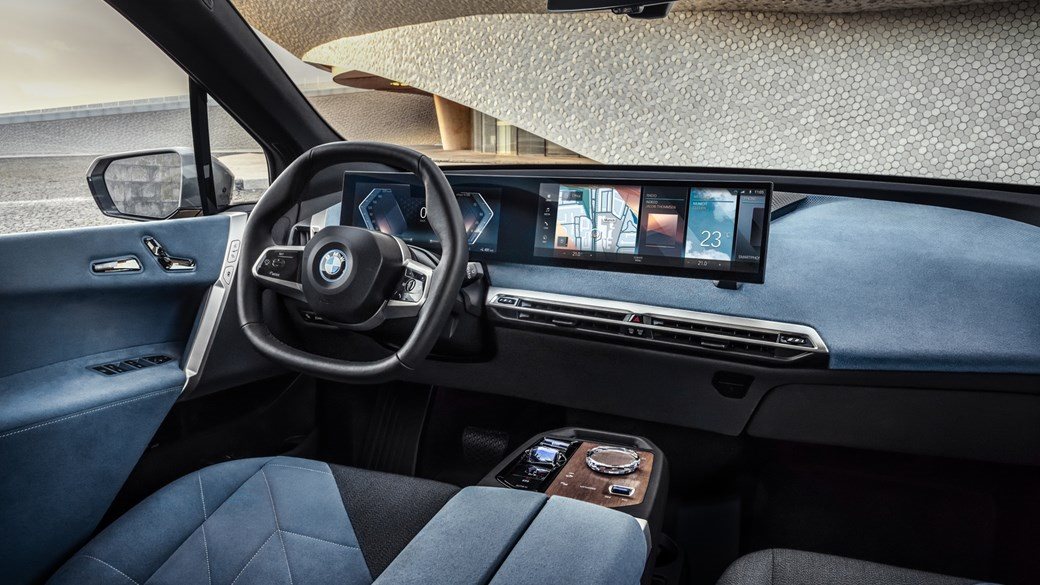
The driver in the BMW iX took almost a kilometre to perform all tasks.
In regards to other cars on the Australian market, the test driver in the Subaru Outback took 19.4 seconds, the Mercedes-Benz GLB took 20.2 seconds, the Tesla Model 3 took 23.5 seconds, the Nissan Qashqai took 25 seconds, the Hyundai Ioniq5 required 26.7 seconds and the incoming Cupra Leon required 29.3 seconds.
Physical buttons and switch gear are quickly disappearing from new cars, with OEMs ditching olds tech for a bevy of screens. In this tech-filled age, screens give off the impression of modernity and ‘clean’ cabin design.
There’s also the fact that programming a haptic screen is far cheaper than designing, developing, tooling, producing, testing and installing physical components, too.
With increasing vehicle connectivity, in the future OEMs will also be able to keep things new with over-the-air (OTA) updates, instead of perpetually redesigning buttons with each vehicle generation.
Still, physical heating and cooling controls are hardly something that needs a redesign or an OTA update…

